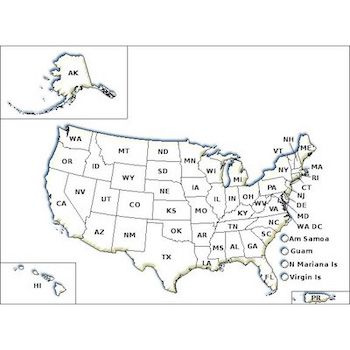Snakes are generally shy animals who want nothing to do with people. They can be beneficial because they eat mice, slugs, grubs, insects, and other pests and they can be food for other wildlife such as hawks. Although most species of snakes in North America are harmless, there are some venomous species that can pose risks to people and pets. NPIC collected the resources below to help you find ways to keep snakes away without posing unnecessary risks to you, your family, pets, or the environment.
Control tips:
- If you or someone else is bitten by a snake that you think could be venomous, contact your Poison Control Center (800-222-1222) or your health care provider as soon as possible. It may not be necessary to identify the snake.
- If your pet is bitten and is experiencing pain, redness, swelling, or bruising, take your pet to your veterinarian right away. If your pet is not showing any of these signs, consider calling your veterinarian or the National Animal Poison Control Center at 888-426-4435 (a consultation fee may apply).
- Chemical snake repellents are available, but they can pose risks to people, pets, or the environment if they are not used properly. Always be sure to read and follow all label directions if you decide to use one of these products.
- Only use repellents that specifically state on the label that they are snake repellents, and use them only according to the label instructions.
- Snakes enter areas inhabited by people in search of food and shelter. The easiest thing you can do is make your home and yard less appealing to them.
- Prevent snake problems by removing their food sources like rodents. Don't leave pet food out and store animal feed in tight containers.
- Snakes like cool damp places to hide. Seal entry points into your crawl space or basement which are greater than ¼ inch in diameter.
- Make sure door sweeps and window screens fit tightly. Cover vents and drains that lead into your home with galvanized screening.
- Snakes also find shelter under scrap metal, wood piles, trash, and other debris. Keep your yard area free of possible hiding places, including tall grass and weeds which can attract prey for snakes.
- You can also consider building a snake-proof fence around your home or garden if other methods fail to control the snakes.
- If you have a snake in the house, there are mechanical traps and glue traps that can be used to capture it. For assistance identifying or removing a snake, try calling your local county extension office, animal control officer, or state wildlife agency.
Snake Identification
Because some snakes can be dangerous, don't handle any snake if you are not absolutely sure what type it is. If you don't know what type of snake you are dealing with, treat the snake as if it might be venomous. Don't handle it and keep children and pets away. Snakes are most likely to bite when harassed. Consider taking a photograph of the snake if possible to aid in identification. There are many resources available to help you identify a snake, including your local county extension office, and state wildlife agency. You can also look up the snake in a field guide, or search for information on snake identification.
Here are some examples of online snake identification resources:
- Identify a Florida Snake - Florida Museum
- ID Your Snake - University of Kentucky
- Identifying Venomous and Nonvenomous Snakes in Texas - Texas A&M AgriLife Extension
If you have questions about this, or any pesticide-related topic, please call NPIC at 800-858-7378 (8:00am - 12:00pm PST), or email at npic@ace.orst.edu.



